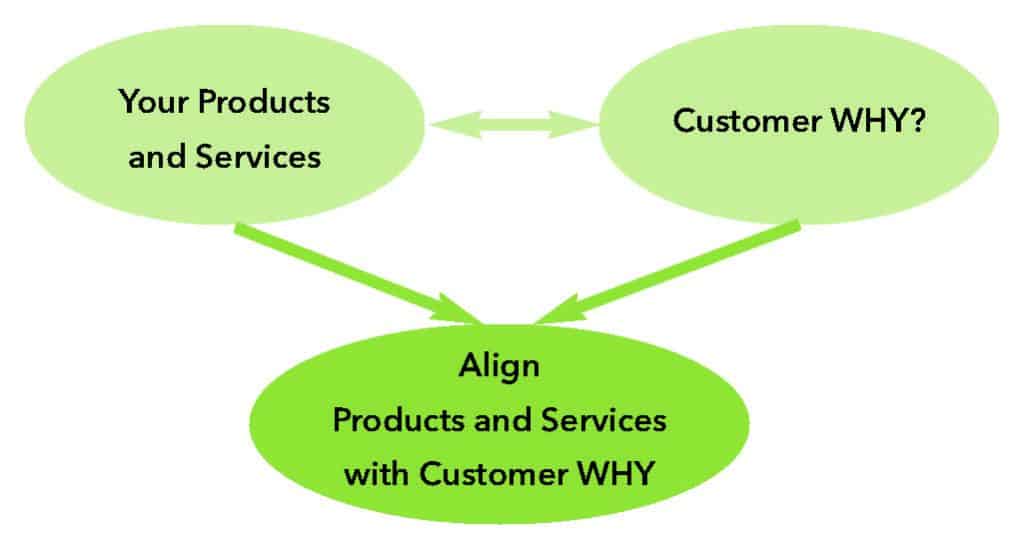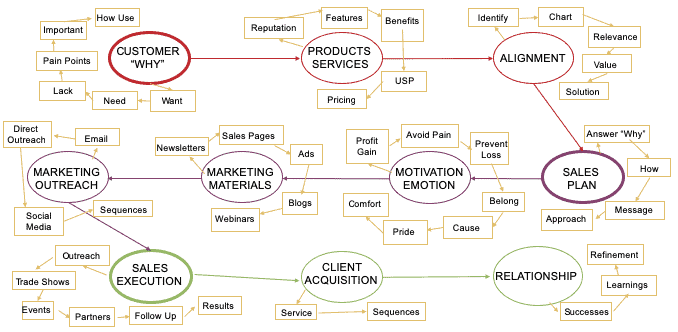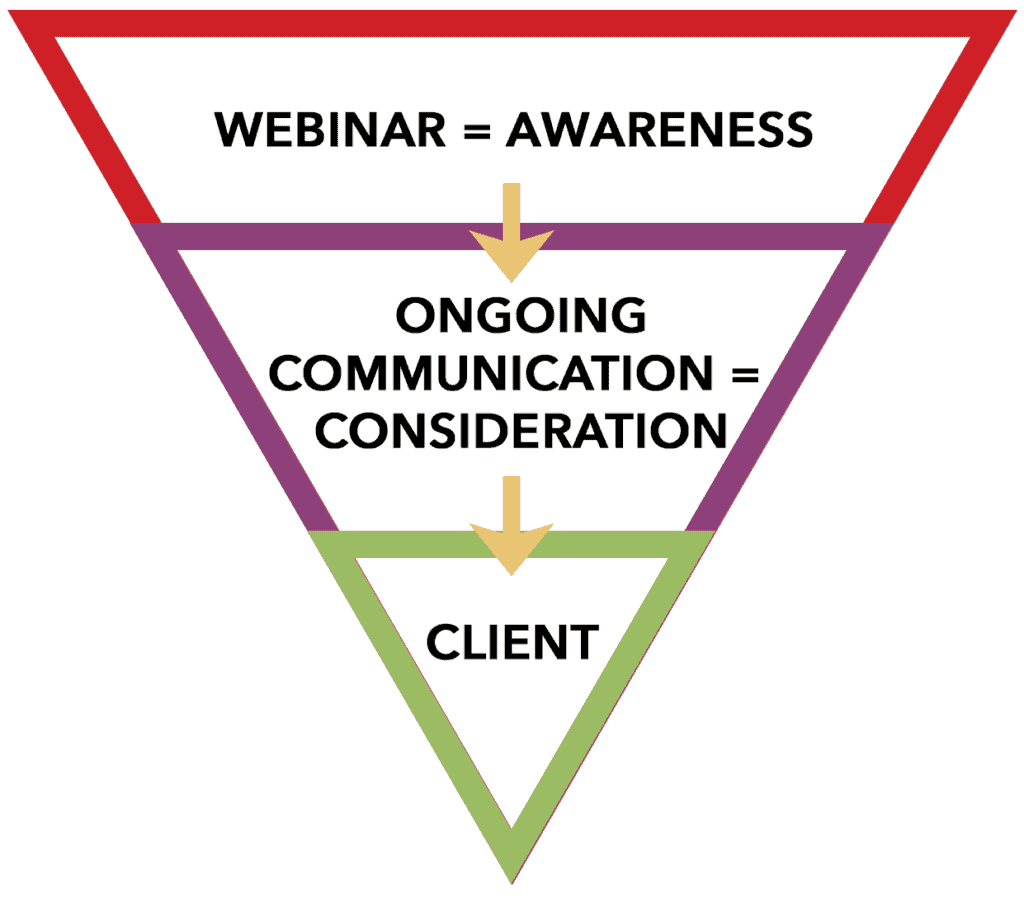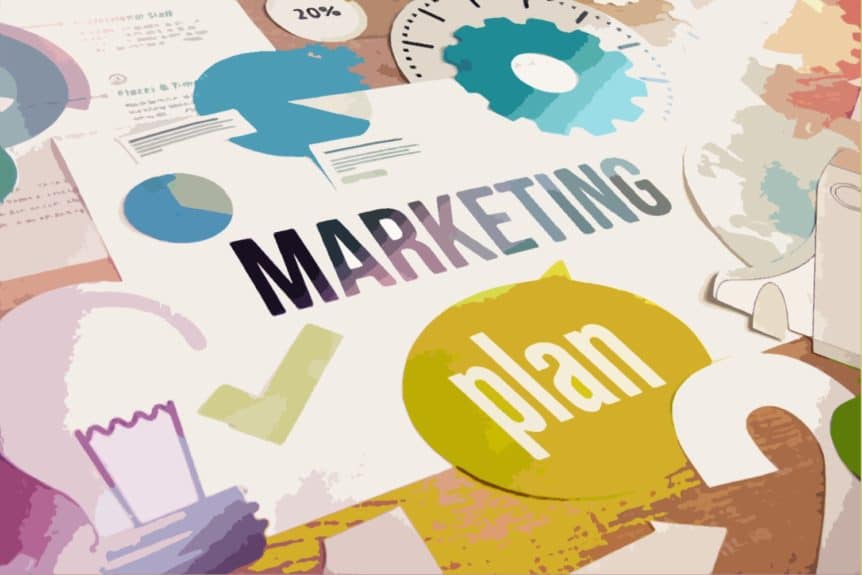What are some of the most successful marketing strategies that you have used to generate liquidation sales? I’m so stuck and my boss has me feeling some type of way as if hiring me was a mistake. I want to excel, I know I am great at recruiting potential customers, and my customer service skills are pretty good, too. I have never sold merchandise by the pallet or lot, but I have done well during my career in sales for other companies. Whatever advice you have for me, I would be so extremely grateful to listen, practice, study, learn!!! – Penny, Siler City, NC
Answer:
Penny, to provide a focused answer and relevant strategies, I am going to make the following assumptions:
- Your firm works with general liquidation sales, not a specific niche within the industry.
- Your company has an online auction component within the sales process.
From your question, it sounds like you need to get back to basics. A top performing sales funnel requires three core elements: Understanding your customer “why,” building a sales and marketing plan around the “why,” and executing the program effectively to deliver results. This sales process is the foundation to achieve your goals.
Step 1 – Understanding “Why”
To be successful in sales, you need to have your finger on the pulse of your client and potential customer. Your first step in this process is to chart your product or service’s features and benefits. What features or benefits set you apart in the market? Which things do you have or do that your competitors don’t? What is your unique selling proposition?
Now that you have articulated what makes your company special, you have to shift your viewpoint to the customer. You need to stand in their shoes and see through their eyes. When you place yourself in this prism, how does the potential buyer think about your product or service? What are your customer’s wants or needs, or what do they lack? What is important to them? How will they use your product or service? Does it make or save them money? Does it help with their relationships or add to their happiness? Will it improve their ability to manage their time? Does your product or service solve or alleviate a specific pain?
This is the customer “why”: why they want or need your product or service. Until you discover their “why,” you are not going to break through the noise and be relevant. Answering the “why” allows you to enter the customer mindset. In this case, you must align your unique selling proposition to the customer “why.” Think about how you pinpoint the features and benefits of your product and service that provide the solution the buyer wants, needs, or lacks.
Aligning with the Customer “Why”

For your liquidation services company, your alignment would be something like this:
- Your products and services: Offer new merchandise in large volume quickly at significantly reduced prices by a trusted, reputable source.
- Customer “Why”: Purchase quality merchandise at substantial cost savings with confidence and immediate bottom-line benefits.
- Alignment: Quality, Time to Market, and Trust with Low Cost.
You will need to go through this exercise to find the precise intersection between your product or service and the customer. In addition, most businesses serve more than one type of customer sector. Each silo could have different answers to the customer “why.” As an example, many liquidation companies liquidate new inventory along with used equipment. If the liquidation is for a closed business, there could be office furniture and supplies that need to be liquidated. In many cases the client base will be different, or at least the contacts within the client base, for used office equipment vs the new merchandise. Identify each sector you sell to, and repeat the excise to determine the “why” and alignment.
Step 2 – Sales and Marketing Plan
With this information from step 1, you are ready to move to step 2 and create a rocking sales plan. To be relevant and gain traction, you must consistently speak to the customer “why” and how you deliver the solution. This is the alignment you identified; it will provide relevance and will shorten your sales cycle.
Your approach should be weighted to the buyer motivations. You want to lay the groundwork for a long-term relationship and earn their business. Establish the client’s desired outcome and how they perceive the benefits you offer. To put it simply, what’s in it for them?
Buyer Motivations

In order to correctly frame your product or service, you want to match buyer motivations. It is important to note that the B2B catalyst is often in the lower quadrant of quality, price, and time. These are the desires of preventing loss, profit or gain, or the avoidance of pain. A big part of understanding your client’s motivation allows you to better position your product or service, and to refine your message for the consumer. Tailor positive outcomes by answering the customer “why” in terms of their underlying motivations and how you help.
With liquidation sales there is an immediate gratification of getting the products in your customer’s hands without diminishing quality, while save a boatload of money. The buyer’s motivations are profit/gain and avoidance of pain. Use this to frame your sales and marketing communication plan.
In addition to identifying the client motivation, you need to determine if there is an emotional appeal hiding in the background. If so, which feelings are evoked? Most desires have an associated emotion. Modifying your messaging, conversations, and communications to capture an emotional appeal are powerful. When you create a dialogue that resonates with the customer, it breaks down barriers, enabling you to build a meaningful relationship.
It’s important to note that motivations and emotions are often unique to different roles, departments, organizations, or industries. The requirements of the purchasing department may not align with the objectives of the IT department. They each approach an initiative from alternate angles and processes. Formulate your outreach to answer and address these key factors, and customize your message to fit their position, sector, or market.
Sales Plan

A good sales marketing plan is going to include multiple avenues of outreach and a continuous engagement process that adds value and provides relevance to your potential customers. There are innumerable methods to choose on how you map your outreach, whether via email, paid advertising, or a high-performance lead magnet, to only name a few potential elements.
Your goal is to establish connectivity with the clients, potential clients, and prospects, designed to build relationships, increase your engagement, provide opportunities, and convert prospects into customers.
You might consider a webinar to introduce how liquidation sales can save money, precious resources, and deliver bottom line results. Tailor the conversation and tie back to your services in order to align with the goals of the clients.
Webinar –> Client

Most likely you already have an avenue you’re currently utilizing. Review your data within each of the silos you have identified. Who are new and existing customers that fit those sectors and fit your customer profile? This research can also be done online utilizing tools like LinkedIn or your community’s business organizations. Establish a database of who those customers are, and segment by category and degree of your relationship.
Utilize this information to create marketing communications that appeal to your audience. Your newfound knowledge enables you to formulate questions to drive dialogue, and, in turn, uncover clues for where and how you can add value. You are giving yourself the gift of exponentially boosting your results.
As an example, for liquidation sales, you may well have an online auction process. Rather than cold contact new prospects, first follow an introduction process to build the know, like, and trust factors so critical to sales success. When you follow this narrative, you avoid careening out of your lane or jumping the shark. It Gives them the opportunity to learn about your company, merchandise you liquidate, and the auction acquisition process.
One marketing idea I already mentioned is to create a webinar to explain the benefits of your services and the online auction process. Answer the customer “why” and explain how they can take advantage of your products and services. You are building a relationship while moving new prospects through your sales funnel. This process moves them from “cold” and positions them to be converted into a long-term customer.
Step 3 – Executing Plan
Focusing on your customer’s needs is essential to move them through the sales process, from awareness, to consideration, to the decision, and eventually to champions. Executing your sales plan follows the communication and outreach you have developed to existing and potential customers. Your marketing outreach could include email campaigns, direct phone calls, attending events or trade shows, and social media.
With the revealing exercises we’ve just discussed, you have established a purposeful beginning. You know what questions to ask, and you ask them. Get specific. What do they recognize as root causes to a challenge? Or how do they envision achieving an objective? Are they working on an element of a larger initiative or goal? How can you assist them to accomplish the plan?
Learning about the needs of the prospect or customer, and asking questions to reveal hidden choke points, is significant. It enables you to present the benefits of your product or service that are meaningful to their situation. It’s a beautiful thing when you align fundamental requirements with the motivations driving your client’s decision. Communicate what your product or service will do for them or help them achieve.
Once your prospect has gone through the funnel, and they have they become a customer, your work shifts to build the relationship. It’s far more than maintaining contact: You must continuously work to deepen the connection and provide more opportunities for your customer to benefit from your liquidation services.
Resources:
- Article: “33 Australian Social Video Statistics to Help You Get the Views”
- Article: “What Happened To Weiku.com?”

Lynn Whitbeck is the co-founder and President of Petite2Queen. She is focused on identifying and evaluating opportunities for women at work, helping them define their personal roadmap. She dedicates herself to delivering tools and insights, embracing visualization of the big picture, and identifying and implementing the minutiae of detail. Lynn aims to share lessons learned along her journey and enable positive uplift for women.

